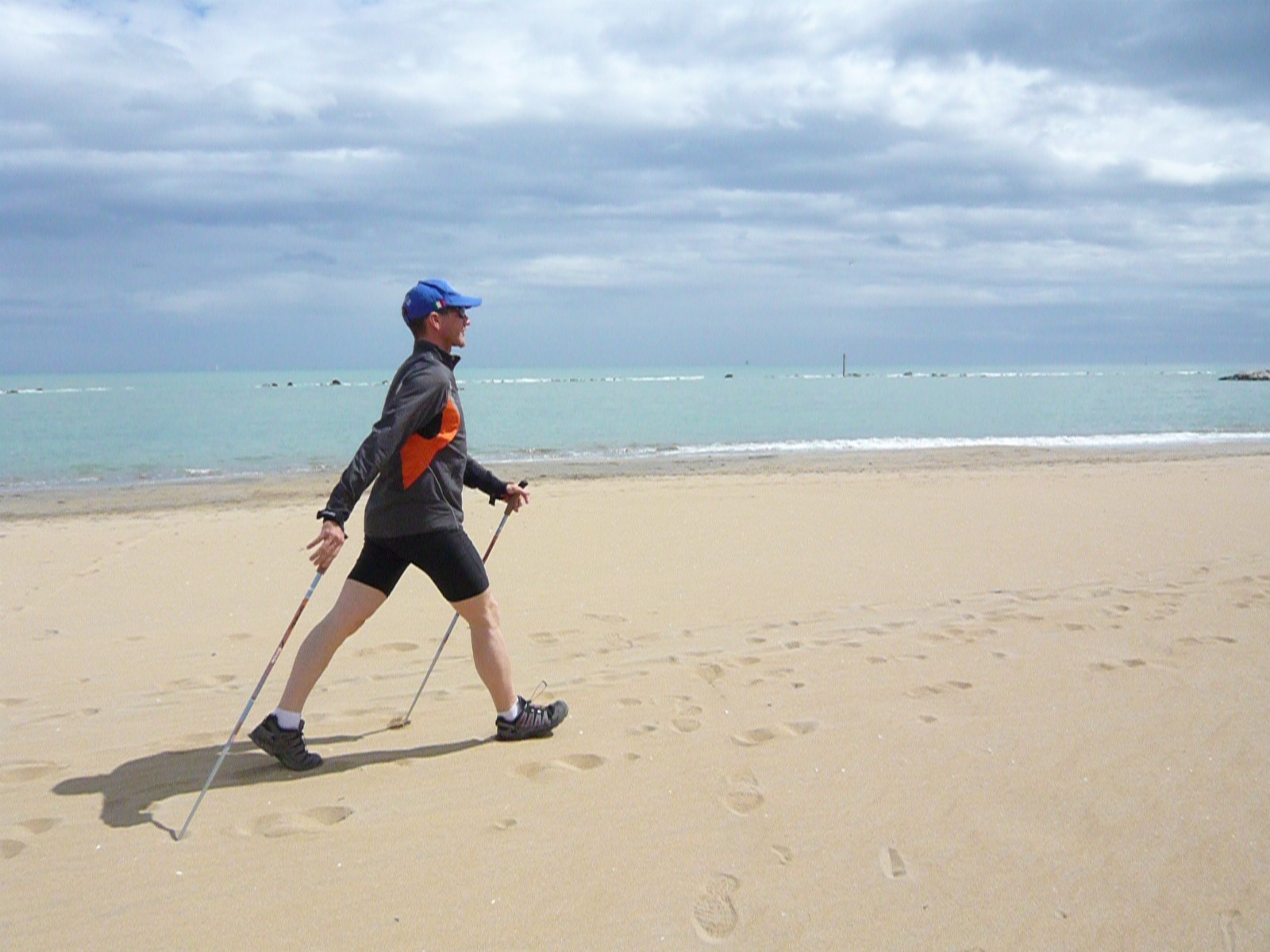
Health Benefits
An initial look into what literature there was uncovered numerous studies looking into its benefits. A systematic review of this literature done in 2013 found it offered a wide range of health benefits from improving resting heart rate and blood pressure to overall increased exercise capacity and quality of life.
There were also studies looking into the direct benefits it had on specific injuries such as low back pain with a recent study in 2015 finding that walking with poles reduced loading through the lumber spine.
Fibromyalgia
One study looked directly at Fibromyalgia and found that a group of female subjects who all suffered from this condition were able to tolerate 2 weekly sessions of 45 minute Nordic Walking for a 15 week period. On testing at the end of this period the subjects were found to have had an improved walking capacity and had significant improvements on a Fibromyalgia specific questionnaire although they had no improvements to their pain severity.
The evidence was not all positive with a study showing that the use of walking poles actually increased the load to the medial portion of the knee. This study did go on, however, to show that the use of poles improved balance and increased walking participation.
Conclusion
In conclusion, after spending 2 days reading different articles and studies, my personal view is that Nordic Walking offers a positive treatment and rehabilitation option. It encourages exercise and offers a higher intensity challenge to basic walking. For Fibromyalgia and lumbar degeneration it offers a treatment option away from medication, which will promote self management, quality of life and exercise capacity, all areas that have proven to reduce the development of chronic pain.
As with any exercise intervention there are limitations associated with it. Variables such as walking speed, stride length and pole height need to monitored and controlled on an individual basis. However with the long list of benefits I think that Nordic Walking is definitely something that can have a place in a patients rehabilitation.
